Hakone
Hakone Shrine
Hakone is one of the most famous areas for onsen hot springs and ryokans
It’s been a popular vacation getaway for Japanese for hundreds of years, and was considered a nice honeymoon destination
It is a former checkpoint to get into Edo (old Tokyo)
[Updated 2019]
The most well known onsen hot spring town near Tokyo is Hakone, a mountain resort area just over an hour outside of the city. Its relaxing environment is complimented by clear views of Mt Fuji.
Mt Fuji, seen from Motohakone.
HOW TO GET THERE
The easiest way to get to Hakone is via the Odakyu Romance Car express train, a 1 hour 15 minute ride from Shinjuku station.
Once arriving at Hakone-Yumoto station, the last stop, there are a couple of ways to get around, depending on where your ryokan is. There are buses across the station as well as the Hakone Tozan train, a 2-car train that goes up and down the mountain between Hakone-Yumoto and Gora stations.
The onsen hot springs and ryokans are spread out all over the mountain. Because most vacationers go to mainly relax at the ryokan where food is provided, restaurants and convenience stores are sparse in a lot of areas.
WHERE TO STAY
Here are a couple of places that I’ve stayed at and recommend:
Hoshino Resorts KAI Sengokuhara - A modern ryokan with a private onsen by one of Japan’s most famous chains
Hotel de Yama - A Western-style hotel right on the Lake Ashi waterfront in Motohakone
The main sightseeing happens between Motohakone at Lake Ashi and Gora station, where the Hakone Tozan train ends and the Hakone Tozan cable car starts. The cable car ends at Souzan station, where it connects to the Hakone Ropeway that goes down to Lake Ashi.
You can do your sightseeing going either way, from Lake Ashi to Gora or vice versa. I’ve done both. One of the ropeway stations is a popular stop: Owakudani.
ŌWAKUDANI
Ōwakudani is a geologically active area, with sulfur continuously rising out of the mountain. The name literally means “Great boiling valley” in Japanese.
This area is famous for its black eggs which are created by boiling them in the bubbling mineral-rich waters. It may look odd, but definitely try one, it's good! The belief is that eating one of these eggs adds 7 years to your life - so it’s not a healthy Japanese diet guys, it’s these eggs!
I also tried wasabi ice cream from a shop there which had a tiny kick to it. Not a must have but fun to try something different.
Eggs are boiled in these mineral-rich waters.
The final result: Black eggs ready to eat. They give you salt to dip it in.
The other end of the ropeway is Lake Ashi. At the ropeway station there, there’s a boat resembling a pirate ship that connects to the Motohakone area.
MOTOHAKONE
Motohakone is a lakeside town with Japanese gift shops, swan-shaped paddle boats to rent and head out on the lake, and a bunch of coffee shops. It’s also known for being one of the endpoints of the Hakone Ekiden, a collegiate marathon that many Japanese watch during New Year’s.
Historically, this area is significant because it had the Hakone Sekisho Checkpoint, a former entrance point to Edo, or old Tokyo.
The most popular sight in the area is Hakone Shrine. It’s lakeside torii gate (pictured at top) is amongst the must-have Japan photos, and tourists line up in order to get a shot of themselves here. It is extremely photogenic, but I’d recommend getting there by 8:30AM in order to avoid the crowd and have a moment to enjoy being there - the Lake Ashi sight with the water lapping at the torii is truly relaxing.
HAKONE OPEN-AIR MUSEUM
Besides hot springs and nature, Hakone surprisingly has several museums. The most popular and photogenic is the Hakone Open-Air Museum, an open park-like area with various sculptures and installations to explore.
Some of the popular, photogenic installations are the Symphonic Sculpture, Curved-Space Diamond Structure, Woods of Net and the Picasso Pavilion. I’ve been here once and went through it pretty quickly (1 hour) due to being pressed for time, but it’s actually a pretty big area and worth exploring a little bit.
HAKONE TOWN
Hakone town is the area right outside of Hakone-Yumoto station, the entrance/exit point to Hakone if you catch the Odakyu Romancecar. There's a bunch of shops with traditional Japanese foods and snacks, both to eat on the spot or to take home, which is why exploring this area might be best as a last stop. One shop even had an outdoor fire with free pieces of fish where you could grill yourself to try.
While eating at the ryokan probably provided good enough meals, the two places I recommended do for sure, there are a couple other spots that I’d say should be on the do not miss list. These will round out a trip to Hakone very nicely:
Yubadon Naokichi
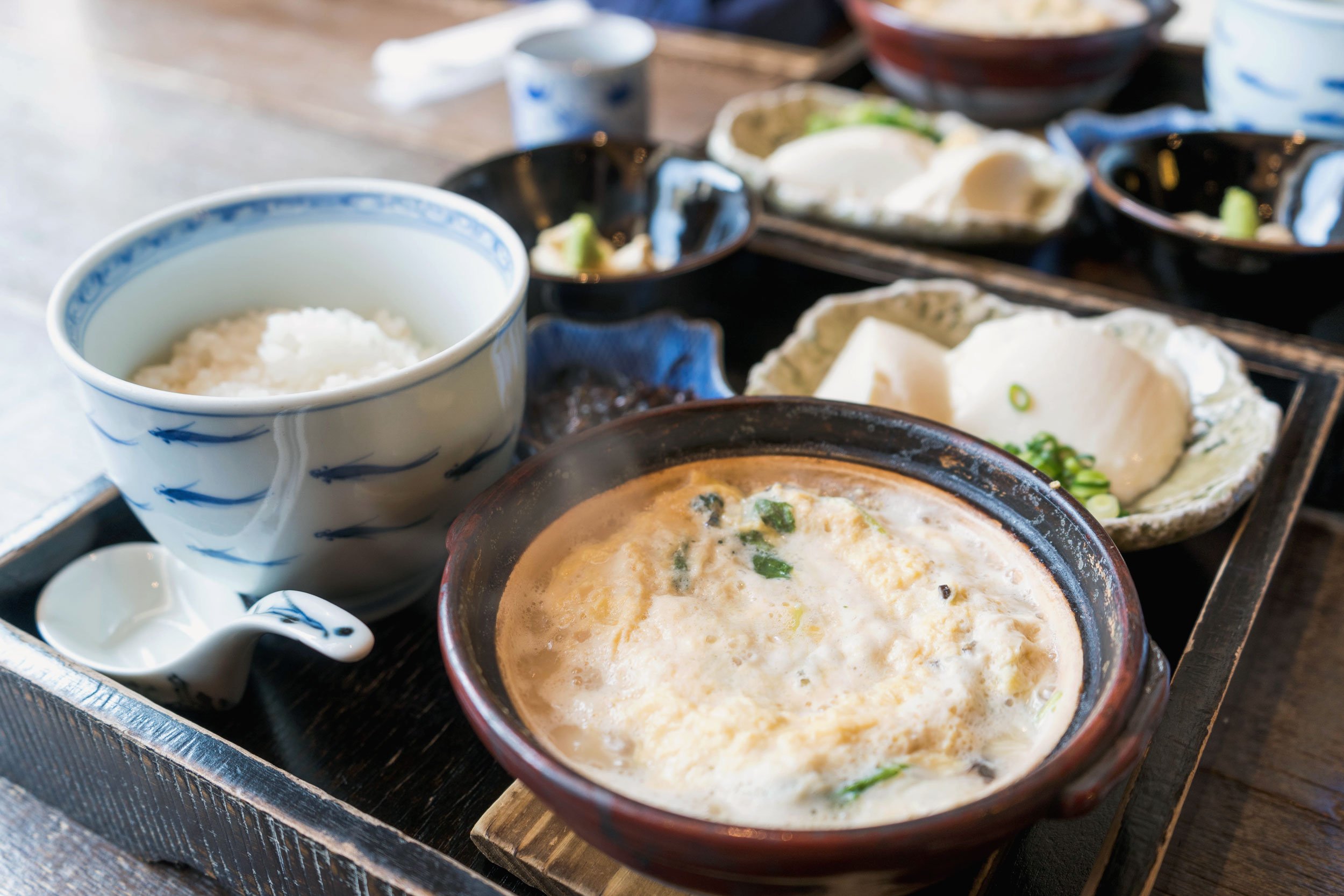
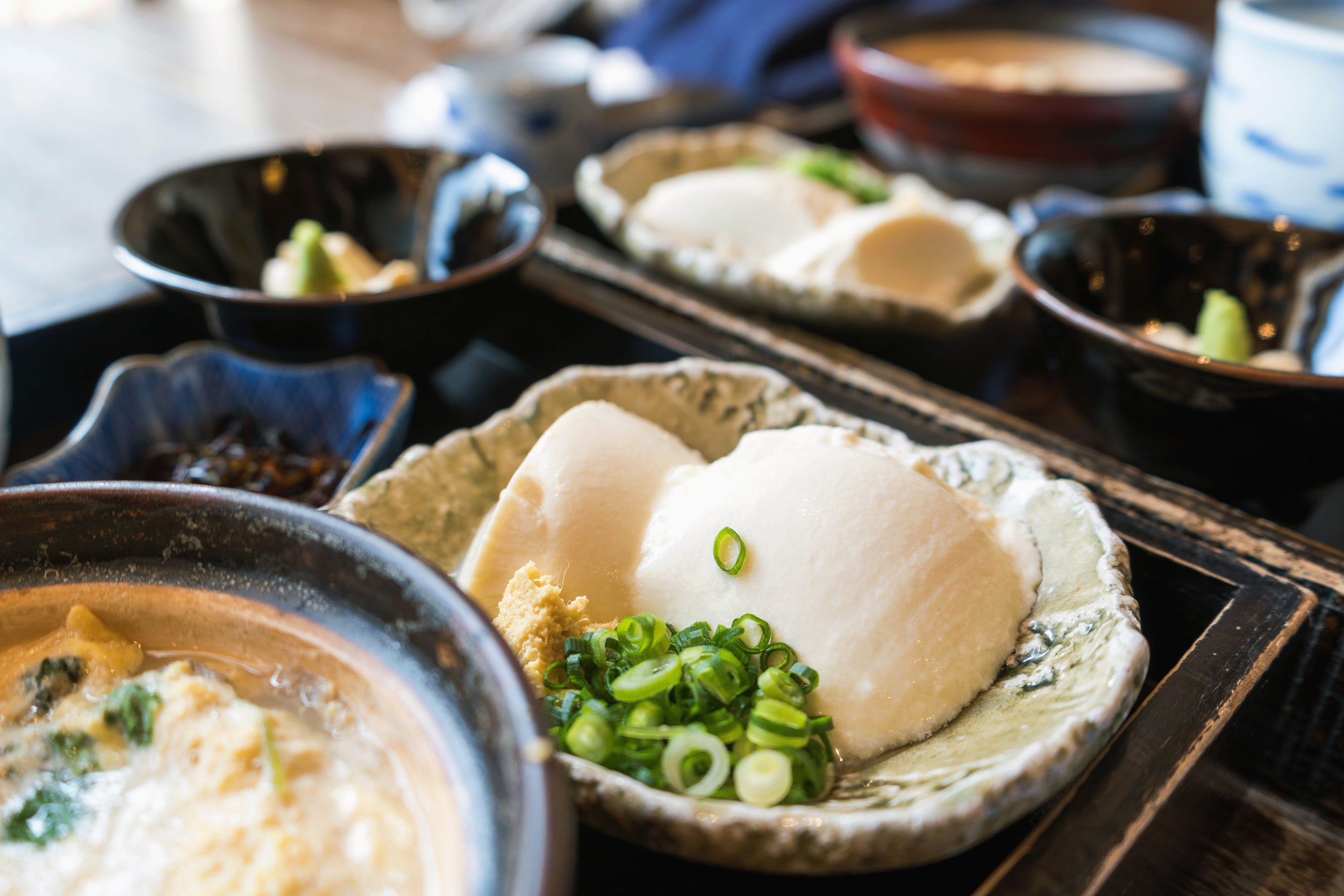
Yuba is the top layers of tofu that form as its being made, and tofu is one of the foods Hakone is known for. Yubadon Naokichi specializes in yuba over rice, “yuba-don”, and is well known for it. They have lunch sets featuring tofu served in various ways, but go with the standard yuba-don set. You probably have never had tofu this way and it’s delicious.
Because it's well known and right in Hakone Town, this place can get quite crowded. Go early if you can - it opens at 11AM.
TOMOEI
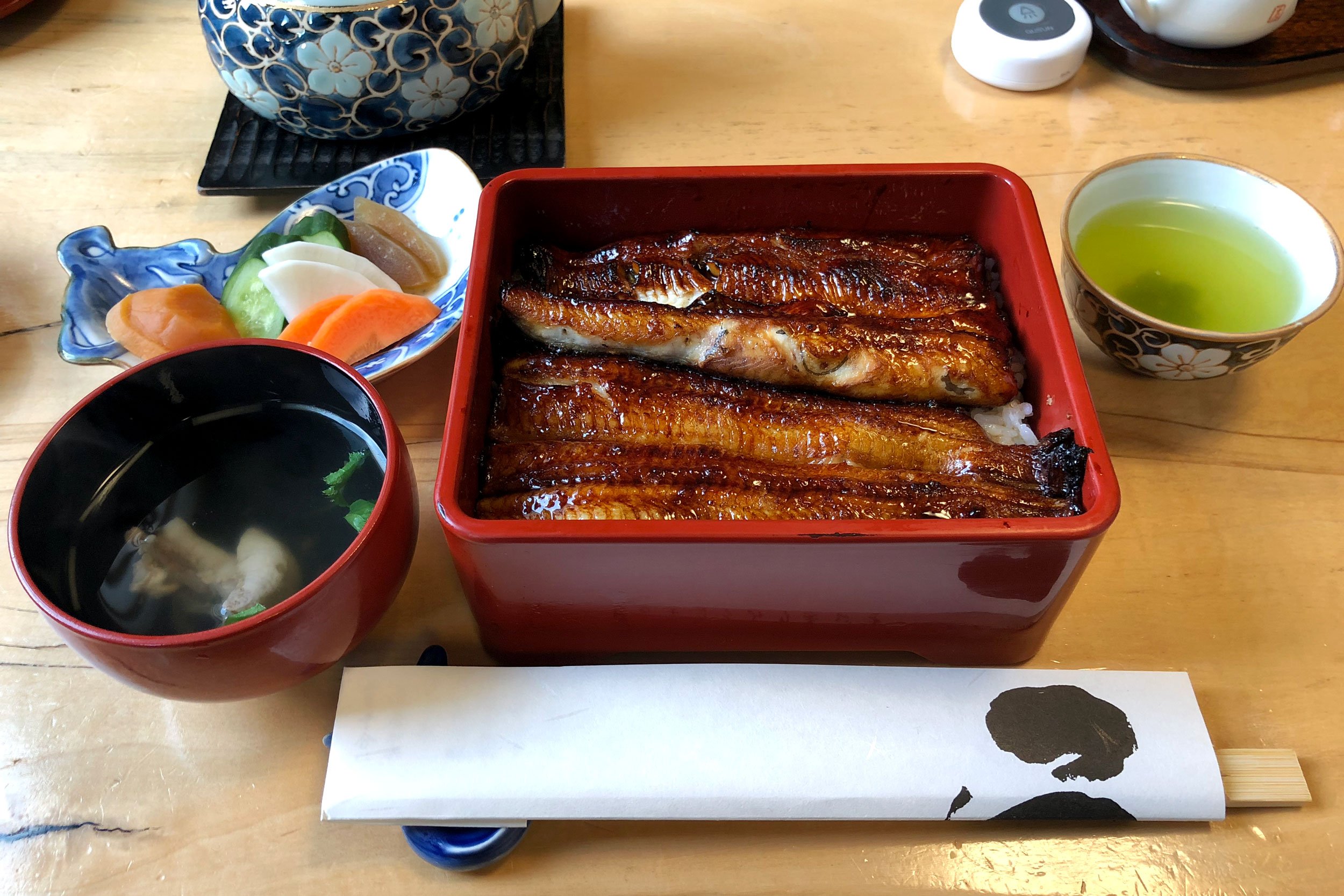
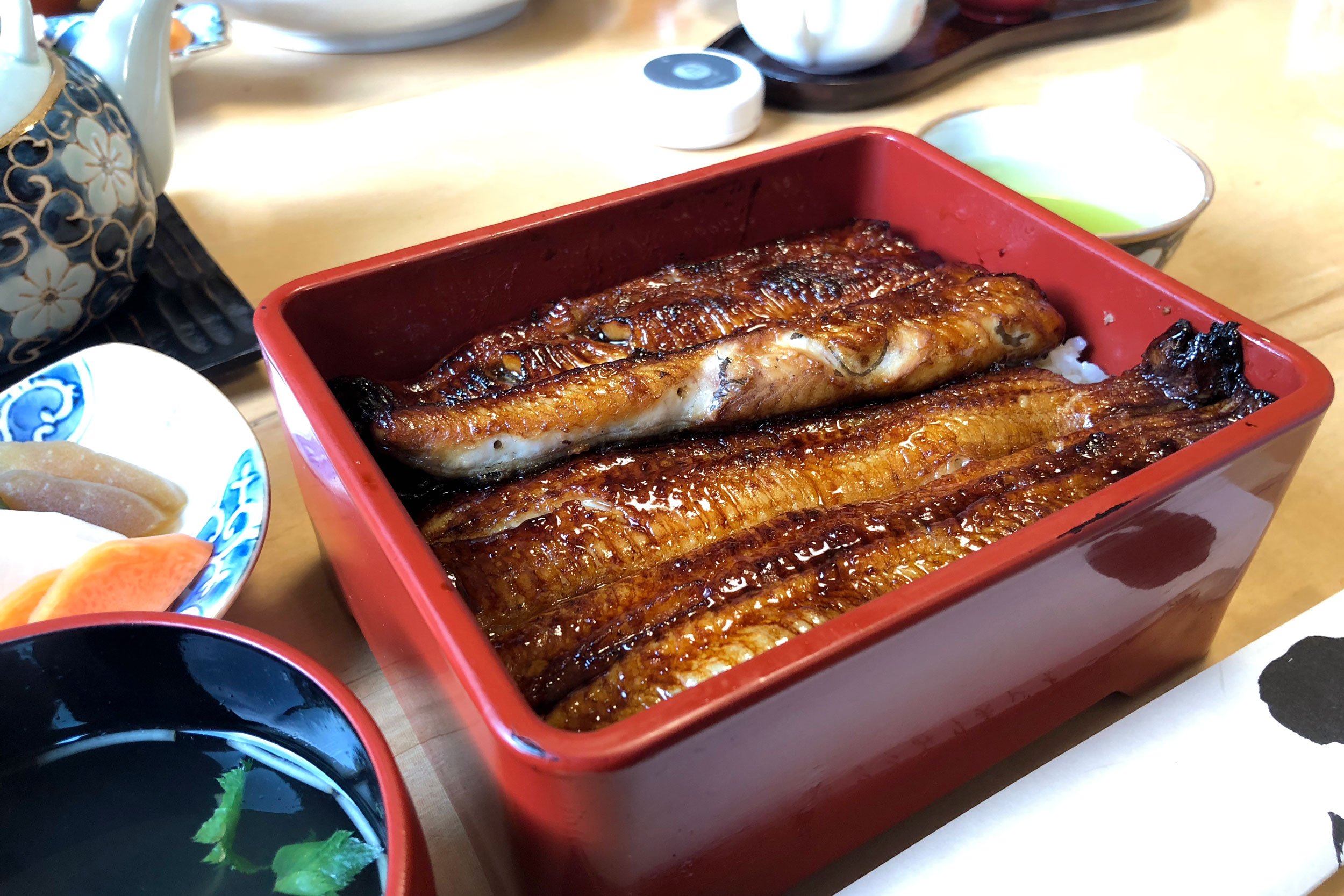
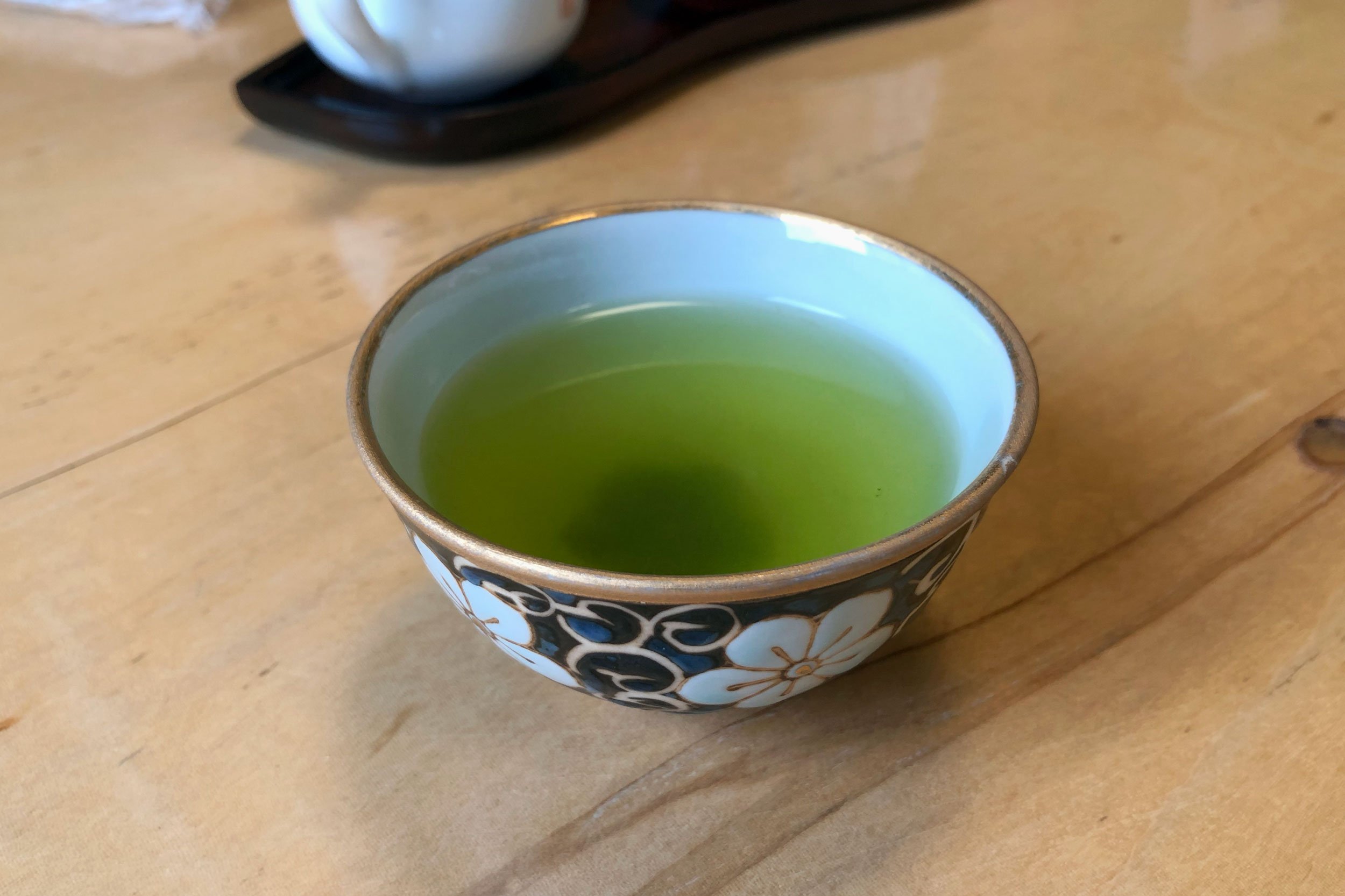
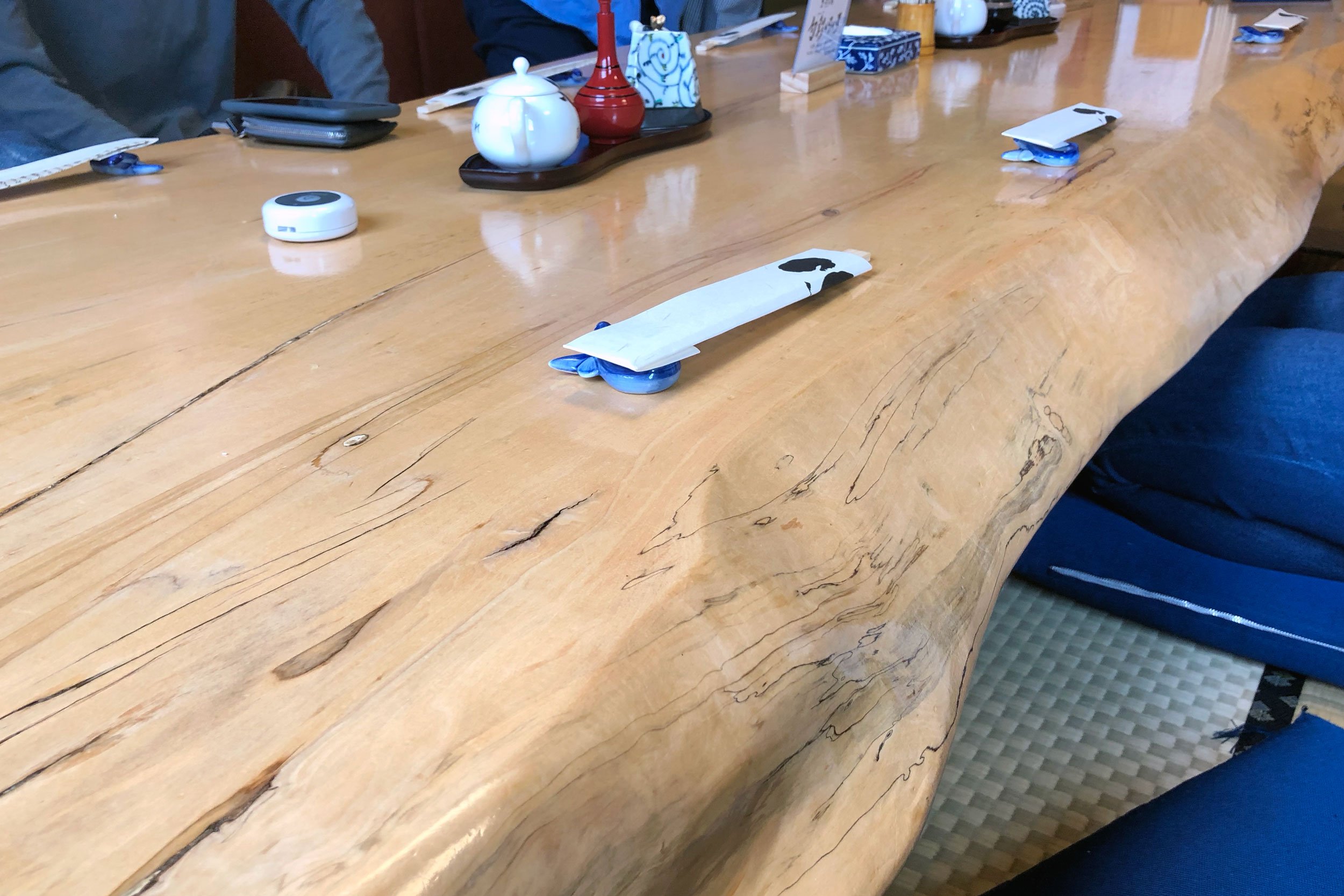
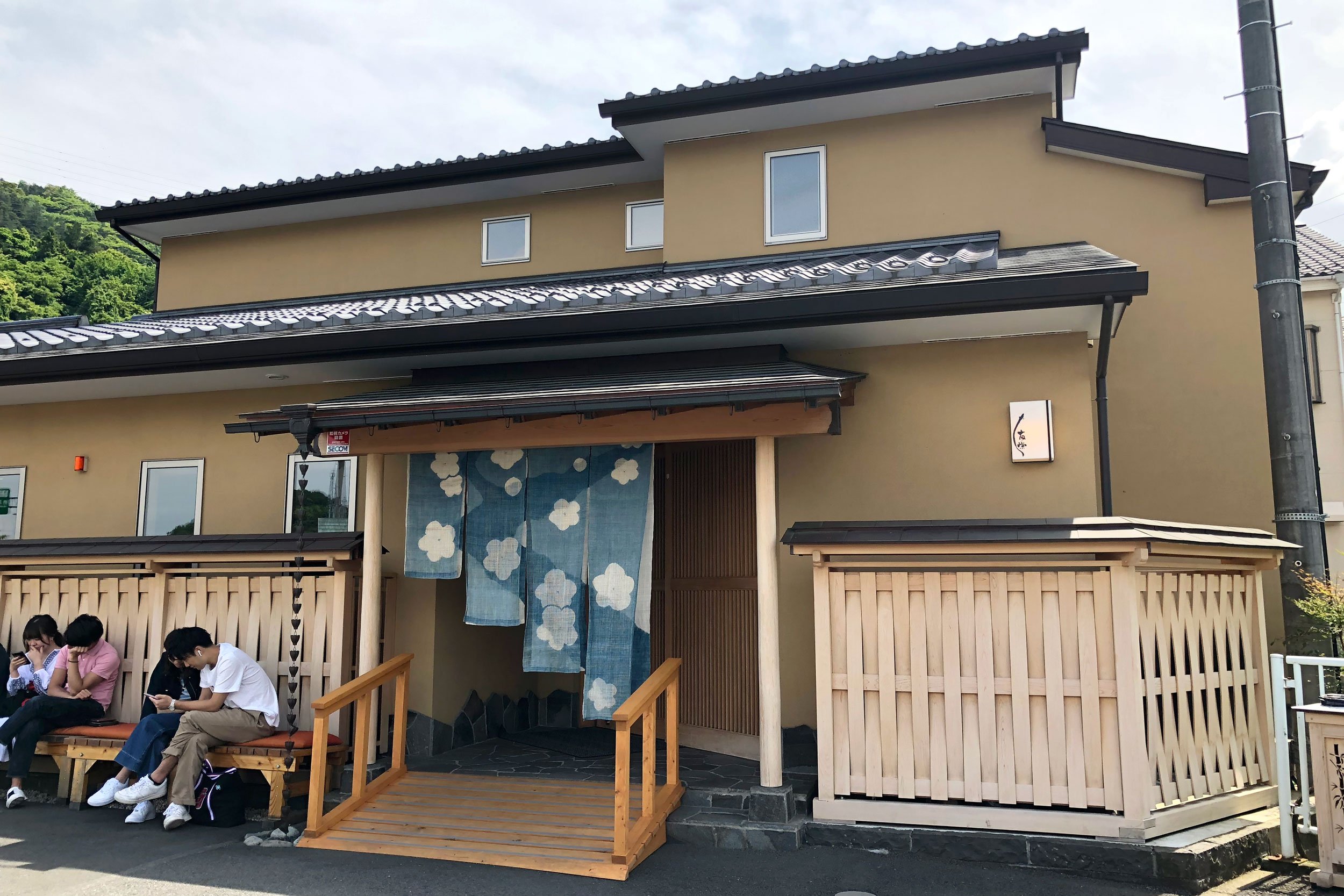
Perhaps the best unagi I’ve ever eaten, top 2 at least! Unagi Tomoei is ranked as a “popular spot” on Retty, one of Japan’s top review sites, and it’s well deserved. The unagi here is amazing - flavorful, fluffy and grilled to perfection. They use sake quality spring water to prep, and you enjoy it on solid wooden tables. The “jo-unagi” (bigger size) set, including soup and pickles will start at 4,600 JPY after a 1+ hour wait, but it’ll be so worth it, trust me.
Unagi Tomoei is at the edge of the Hakone area and can be accessed by catching Hakone Tozan train from Hakone-Yumoto to Kazamatsuri station.










